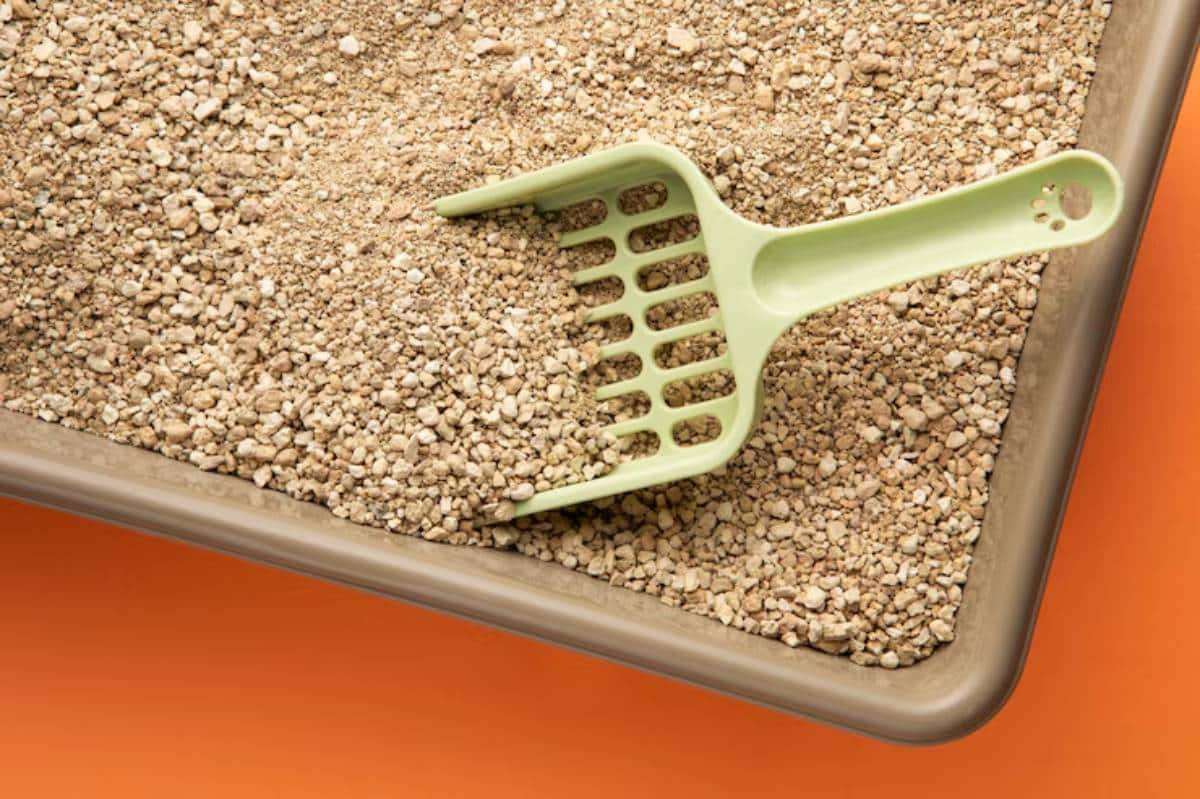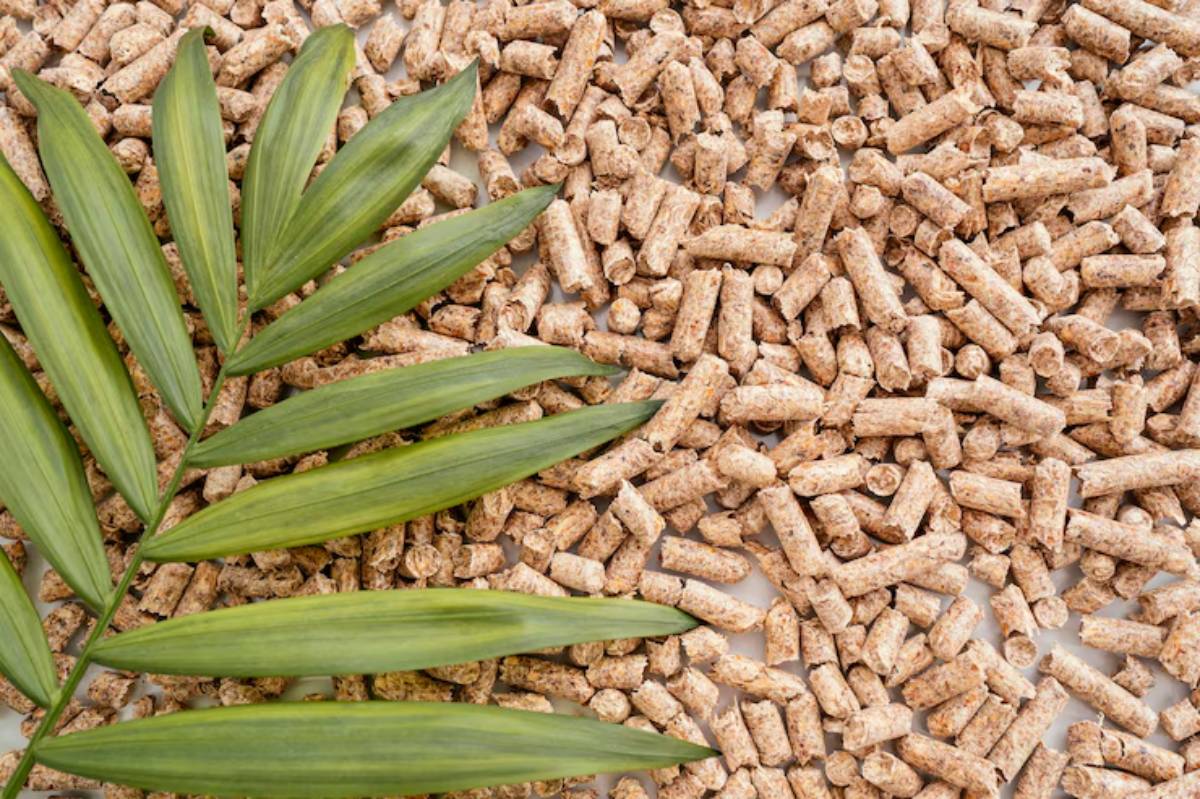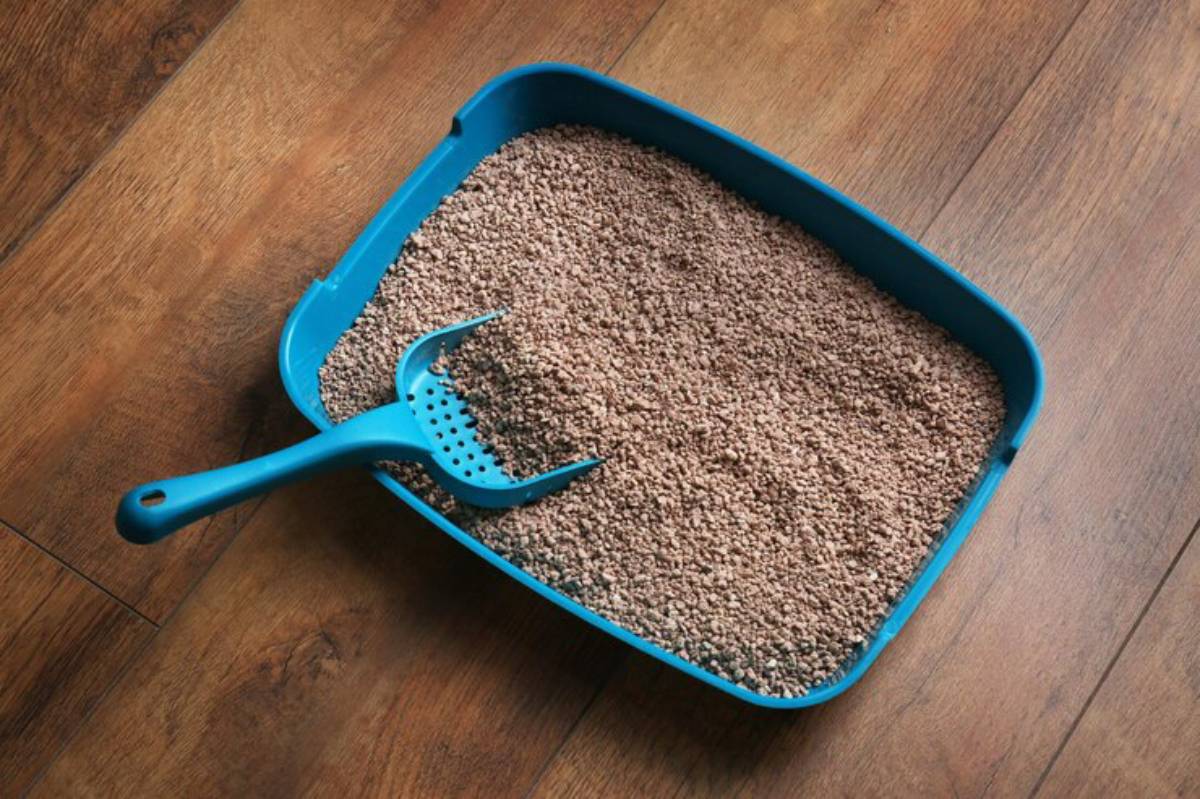
Natural and Eco-Friendly Cat Litters
If you’re a cat parent who cares about your pet and the planet, you’ve probably wondered if there’s a better way to manage litter waste. Traditional cat litter, especially clay-based, can be harsh on the environment. It’s often strip-mined, non-biodegradable, and ends up in the landfill. That’s where eco-friendly cat litter comes in.
In this article, we’ll explore various natural cat litter options, examining their benefits, how they compare to conventional products, and how to choose the right one for your cat and your lifestyle. Whether trying to reduce your household’s environmental impact or simply looking for a cleaner, safer litter box setup, this guide has you covered.
Why Choose Natural and Eco-Friendly Cat Litter?
Reducing Environmental Impact
Conventional cat litter is often made from sodium bentonite clay, which is not renewable and involves destructive mining processes. In contrast, biodegradable cat litter is made from renewable, often compostable materials like:
- Wood (pine, cedar)
- Paper (recycled newspaper)
- Corn, wheat or soy
- Coconut husk or walnut shells
- Grass seed
These materials break down naturally, reducing landfill waste and helping to lower your carbon pawprint.
Healthier for Cats and Humans
Dust from traditional litter can irritate your and your cat’s respiratory systems. Many eco-friendly options are low-dust or dust-free, and free from added chemicals, making them safer for sensitive cats or households with allergies.
Easier Disposal
Some biodegradable litter can be composted (depending on local regulations), flushed (if labelled safe), or disposed of with less environmental guilt than traditional clay.
Types of Natural Cat Litter Options

1. Wood-Based Litter
Pine, cedar, and wood shavings are popular for their natural odour control. Pine litter, particularly, has a fresh scent and absorbs moisture well.
Pros:
- Excellent at absorbing odour
- Biodegradable and compostable
- Naturally antimicrobial
Cons:
- Some cats dislike the texture
- May require frequent cleaning
2. Paper Litter

Usually made from recycled newspaper, this soft, pellet-style litter is gentle on paws.
Pros:
- Great for kittens or post-surgery cats
- Low dust and lightweight
- Highly absorbent
Cons:
- Less odour control
- Needs to be changed more often
3. Corn-Based Litter
This option clumps naturally and has strong odour control properties.
Pros:
- Clumping
- Flushable (check with local guidelines)
- Lightweight and easy to scoop
Cons:
- Can attract pests if not stored properly
- Some cats may have grain sensitivities
4. Wheat-Based Litter
Ground wheat produces natural enzymes that help break down odours.
Pros:
- Naturally clumping
- Biodegradable
- Minimal tracking
Cons:
- Mould risk in humid climates
- Possible food attraction for pests
5. Coconut and Walnut Shell Litter
A lesser-known but highly absorbent alternative.
Pros:
- Excellent absorption
- Good odour control
- Sustainable by-products
Cons:
- Can be pricey
- Texture may be rough for some cats. How to Transition Your Cat to Eco-Friendly Litter
Cats can be creatures of habit. Sudden changes might lead to litter box avoidance. Follow these steps to ease the transition:
- Gradual Mixing: Mix 25% natural litter with 75% of their old litter.
- Observe: Watch your cat’s behaviour — are they still using the box comfortably?
- Increase Slowly: Move to a 50/50 ratio, then 75/25 over 7–10 days.
- Complete Switch: You can go 100% eco-friendly once your cat adjusts.
Tip: Keep the box in the same spot and maintain regular cleaning to avoid disruptions.
Composting and Disposal Tips
Not all eco-friendly litter is compostable, and not all composts are created equal.
If composting:
- Only compost litter from healthy cats (no parasites or infections)
- Never use the compost on edible plants
- Use a dedicated compost bin
Always check local waste disposal guidelines before flushing or composting any litter.
Cost Comparison: Is Eco-Friendly Litter Worth It?
Natural litters can be more expensive up front, but many cat parents find they last longer because they control odour more efficiently. Some are also lighter, saving on shipping costs if ordered online.
Also, consider the long-term savings on health for your cat, your household air quality, and the environment.
Expert Tips for Choosing the Best Eco-Friendly Cat Litter
When evaluating options, consider:
- Absorbency – How well does it trap moisture?
- Odour control – Does it mask or neutralise smells?
- Tracking – Does it stick to paws?
- Clumping ability – Easier cleaning?
- Texture – Will your cat tolerate it?
- Storage – Is it prone to mould or pests?
Talk to your vet if your cat has health sensitivities, or try small bags of a few types before committing.
A Cat Parent’s Story
“When we switched to a corn-based litter, our cat didn’t even notice! I was worried about clumping and odour, but it works great — and the best part is knowing we’re not adding to landfill. It’s a small change with a big impact.” – Emma R., Manchester.
Stories like Emma’s show how a simple swap can make litter care cleaner, greener, and more satisfying for you and your cat.
Making the Eco-Friendly Choice
Choosing natural and eco-friendly cat litter isn’t just a trend—it’s a responsible decision that benefits your pet, home, and the planet. From wood pellets to corn-based clumping options, there’s something out there to match every cat’s preference and every owner’s values.
By making the switch, you’ll reduce environmental harm, improve indoor air quality, and save money in the long run. Start small, observe your cat’s comfort, and enjoy a greener, cleaner litter experience.
Ready to go green with your cat’s litter? Explore a few options today and share your experience with fellow cat lovers. Every small change adds up!


